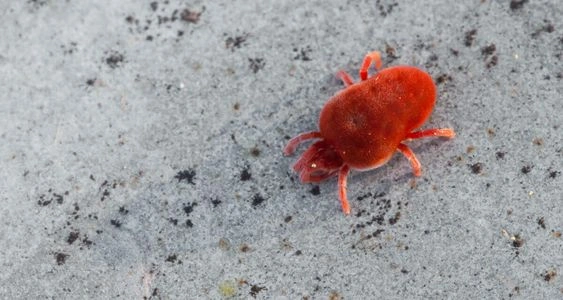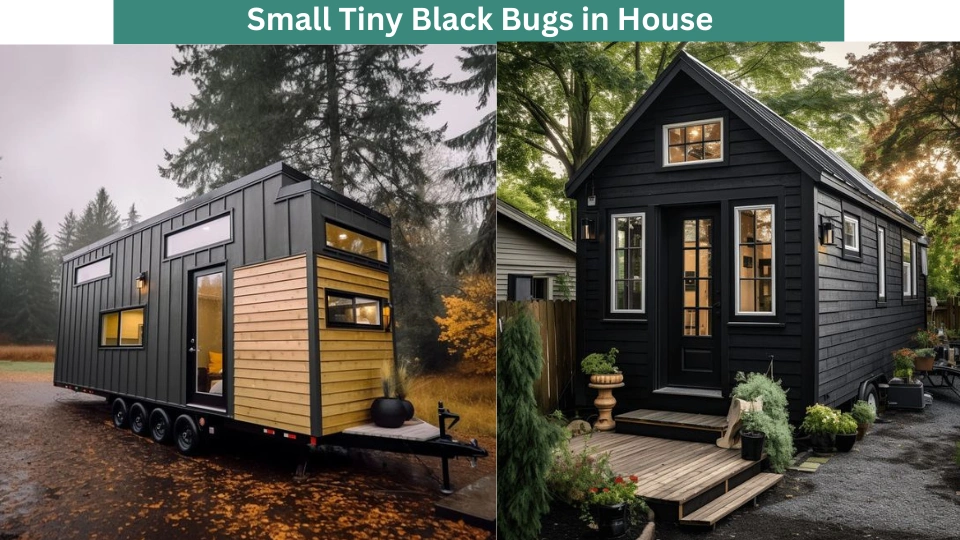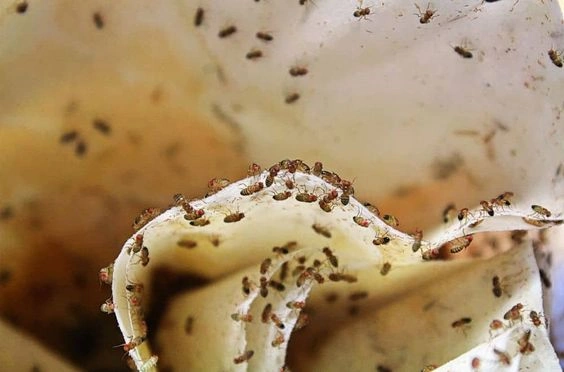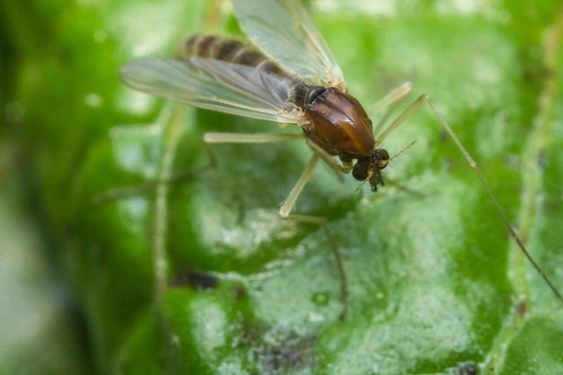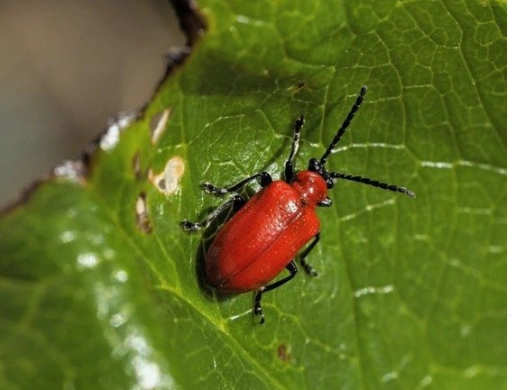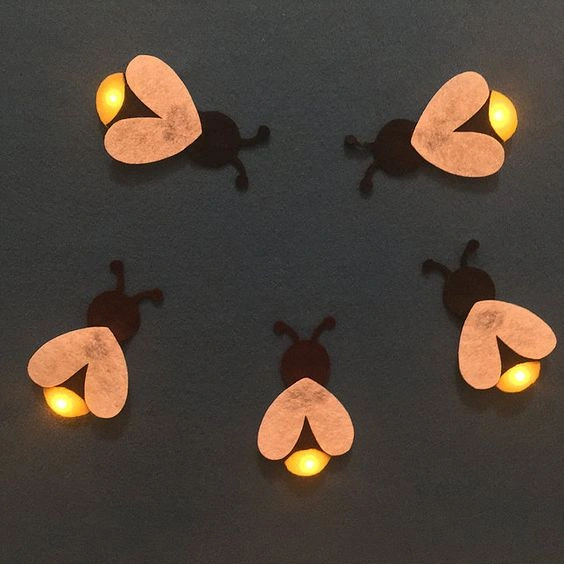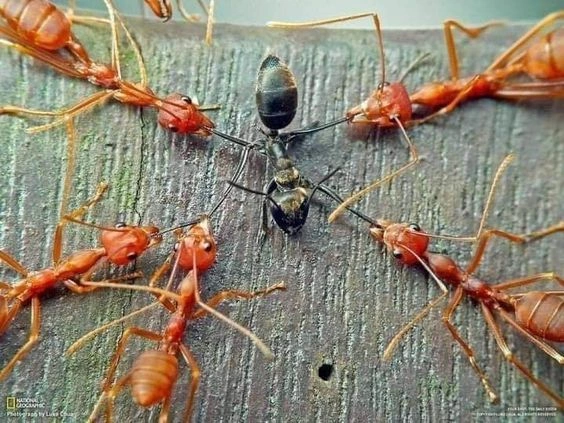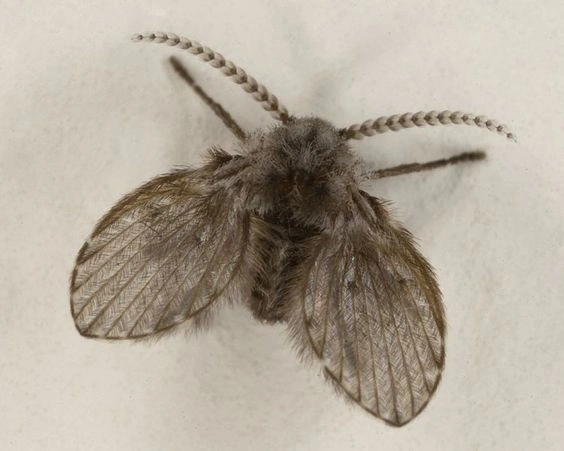Small tiny black bugs in house can be a homeowner’s worst nightmare, especially when they gather near the windows. Despite their size, these little pests aren’t any easier to deal with than larger ones like mice or rodents.
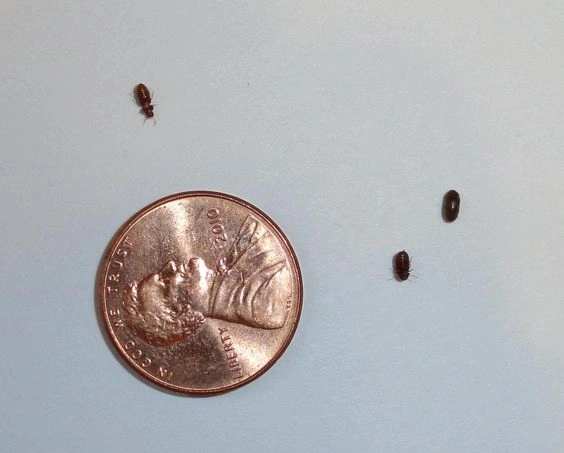
The first step in handling an infestation of these bugs is educating yourself about them so you can identify them confidently. It might seem overwhelming, but there are only six common types found in homes, and you likely already know a few. You might be wondering how to keep these bugs away from your home.
And if things get out of hand, reaching out to pest control for assistance can be a smart move. Remember, even though these bugs are small, they can still create significant problems.
If you notice small tiny black bugs in house near windows, it’s important to identify them. Some bugs can be harmful to humans and pets. They might harm people and animals and ruin things like carpets, wood, and clothes, or even get into your food or trash.
Sometimes it’s hard to tell one tiny black-and-white bug from another when they’re so small. To figure out what kind of bugs they are, ask yourself:
- Body: How many parts does their body have? What shape is their body? Are they long and skinny? Do they have antennas?
- Legs: How many legs do they have? Where are their legs?
- Color: Do they have more than one color? Do they have stripes or spots? Look closely at their patterns and texture, not just their color.
- Wings: Do they have wings?
Types of Black Bugs
If you spot small tiny black bugs in house, they might be among six common types. These bugs are attracted to warm, moist environments, which is why you often find them near windows.
Even though they might seem alike, each type has its own unique features. Understanding them is key to handling them well. Let’s explore these bugs, their diets, preferred habitats, and ways to remove them from your home.
1: Mites
